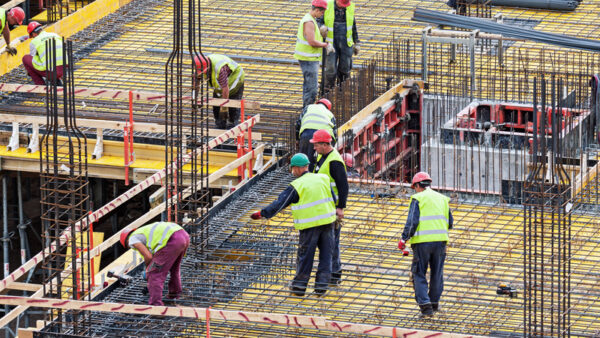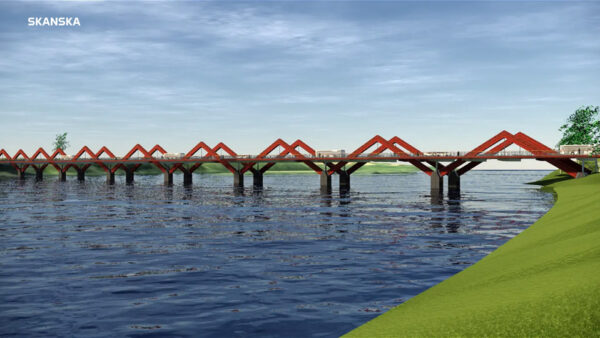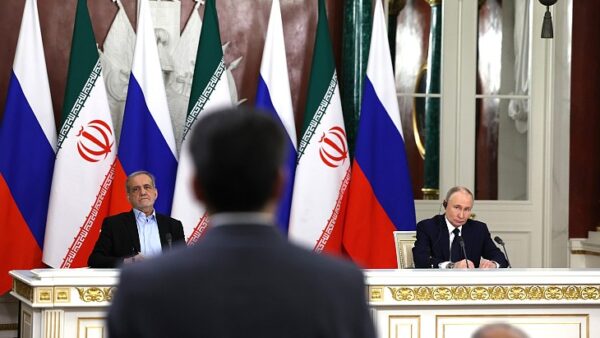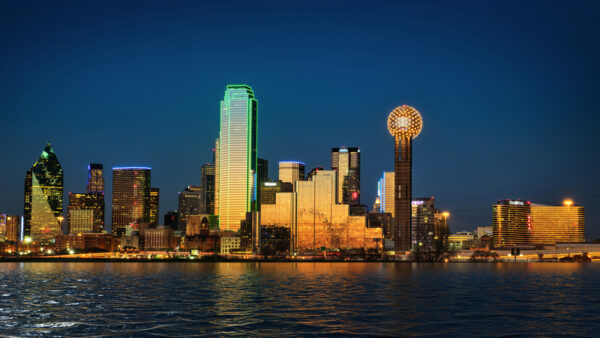The African Development Bank (AfDB) has arranged a $300m loan to start the $5bn Nacala corridor rail and port project in Mozambique and Malawi, of one of Africa’s largest infrastructure schemes.
Designed to integrate the region and open trade in coal and agricultural commodities, the project sees a 912km railway running from the Tete province in western Mozambique to Nacala port on the east coast, through a section of Malawi. A deep sea port at Nacala is also planned (pictured).
Announcing the financing from Japanese and other banks on 20 December 2017, following “years of financial structuring”, the AfDB said that when the railway opens, coal exports would increase by 40%, generating crucial foreign earnings for the struggling economy of Mozambique.
The railway will also carry 4 million tons of other commodities a year, and give regional farmers access to world markets, the AfDB said.
“By providing a rail link across Mozambique and Malawi with a possible extension to Zambia, it will help integrate Africa, and by opening up markets for agricultural commodities it will help feed Africa,” said Pietro Toigo, AfDB country manager for Mozambique.
The AfDB is co-lead arranger in the transaction, which includes the Japanese Bank for International Cooperation (JBIC), the Nippon Export and Investment Insurance (NEXI), and the Export Credit Insurance Corporation of South Africa (ECIC), including a range of commercial banks providing finance to the project sponsored by VALE and Mitsui & Co.
The AfDB is also investing a million dollars in grants to help SMEs and agribusinesses along the corridor in Malawi and Mozambique.
“This project can provide wider benefits to Mozambique, Malawi and Zambia, and allow Mozambique to fulfil its ambition to be a regional gateway to world markets,” said Mozambique’s Minister of Transport, Carlos Mesquita.
Image: Artist’s render of the new coal port at Nacala, Mozambique, from consultant Arcadis, which is advising on the scheme (Arcadis)
Comments
Comments are closed.











This will be a great project that can be prosperous for both countries during construction and the operation of the line.
Just little corrections. The rail road is finished and operating. The new coal port already exists and the layout is not that one. Besides, can be seen a commercial port in the picture. I wonder if there’s any new investment aside the existing one (under CLN, joint venture beetween Vale Logistics and Mitsui).